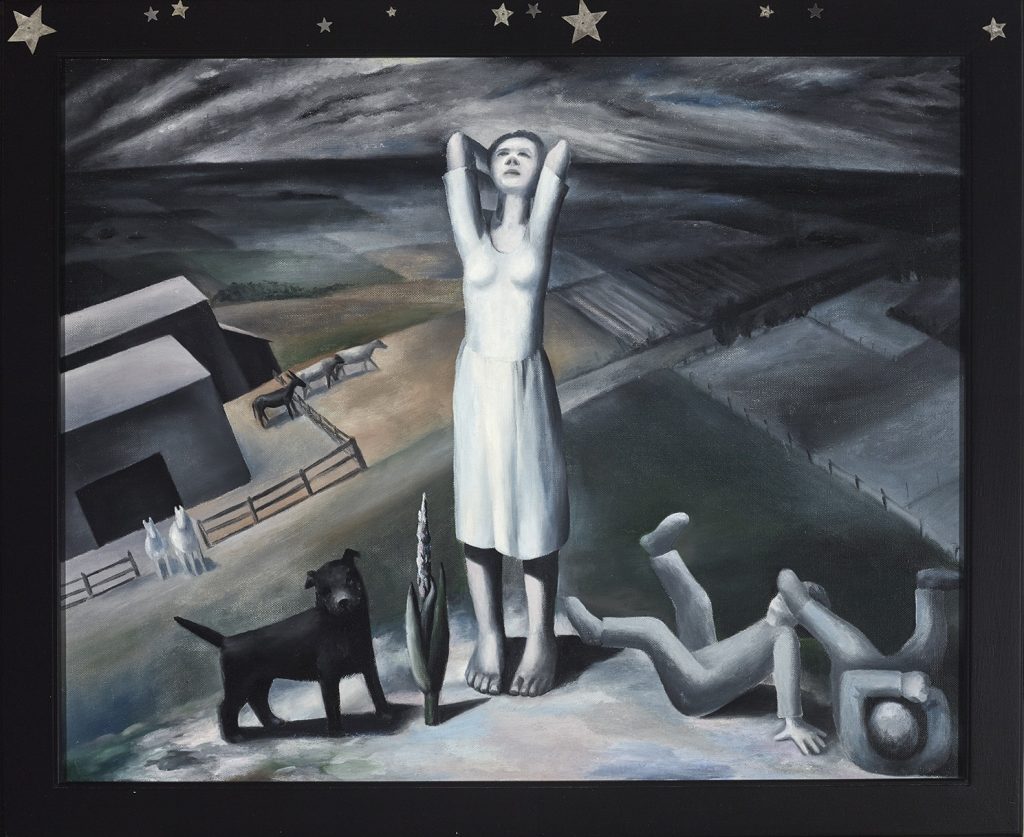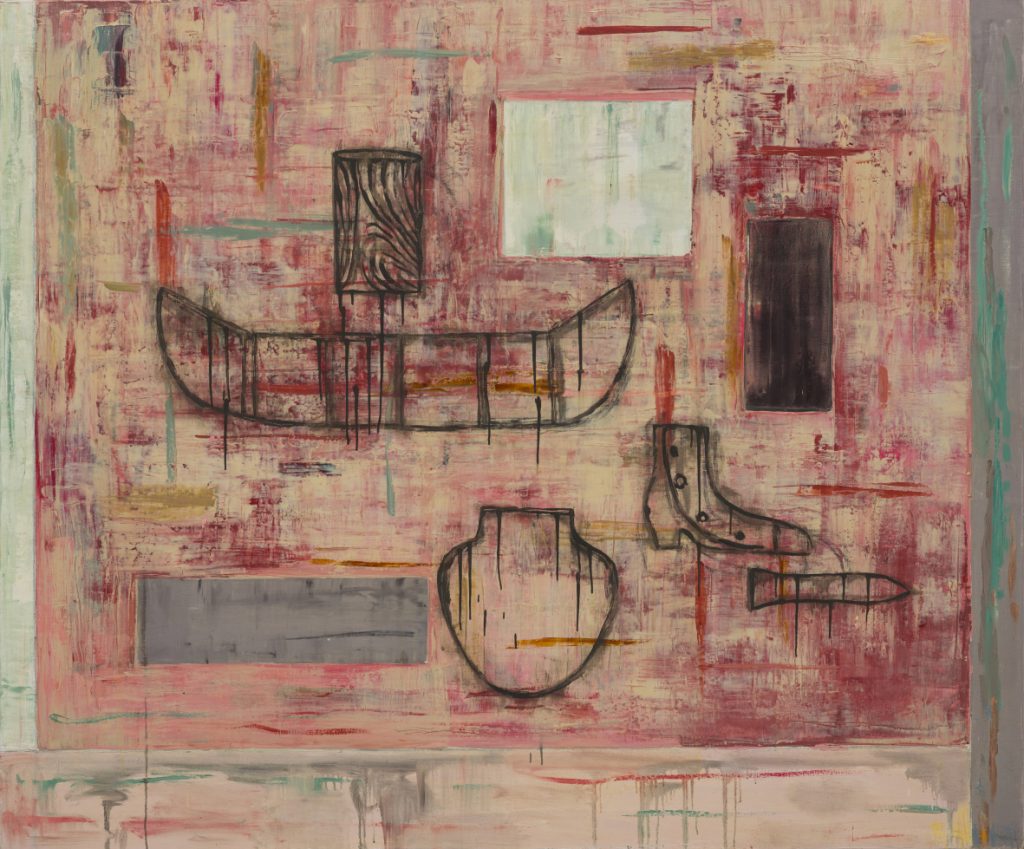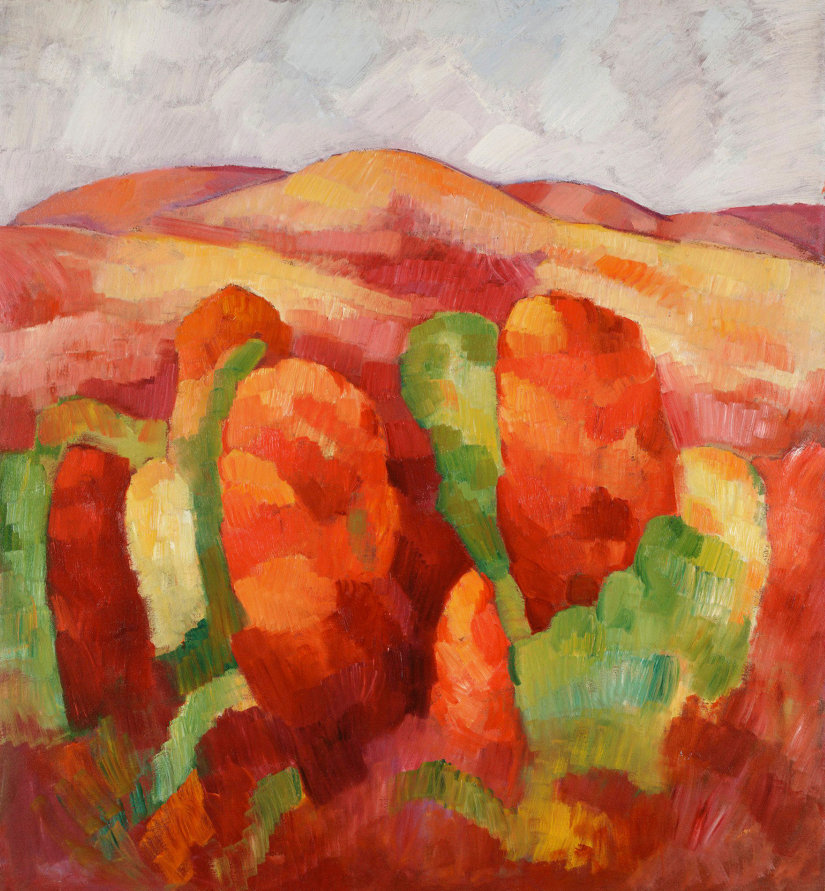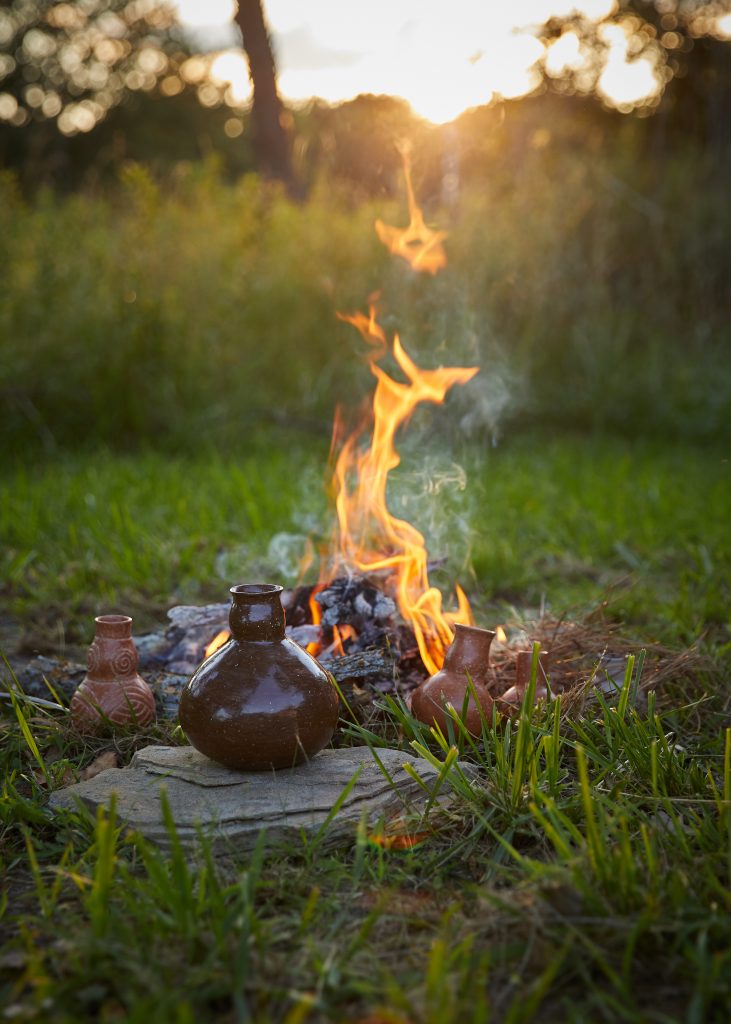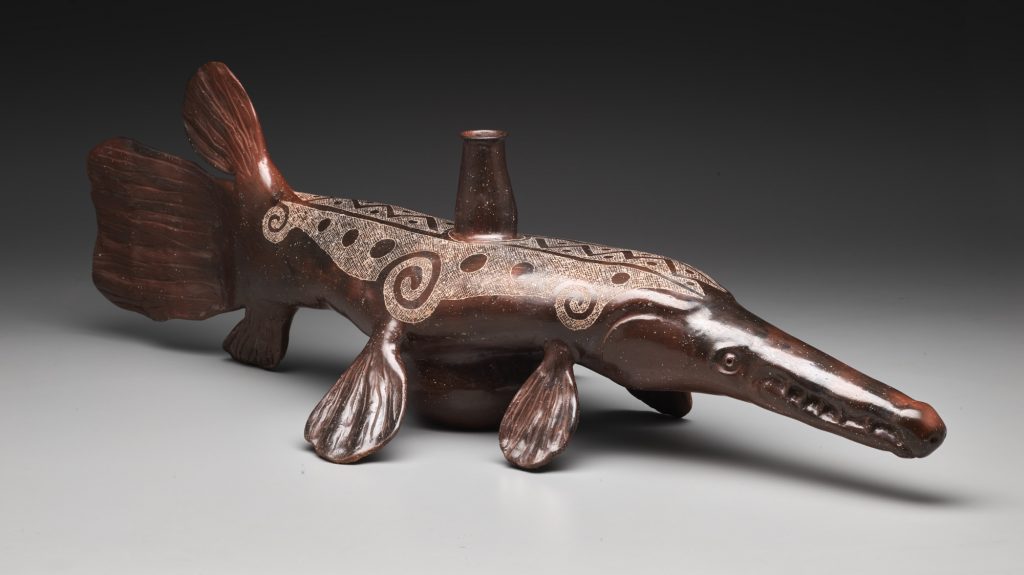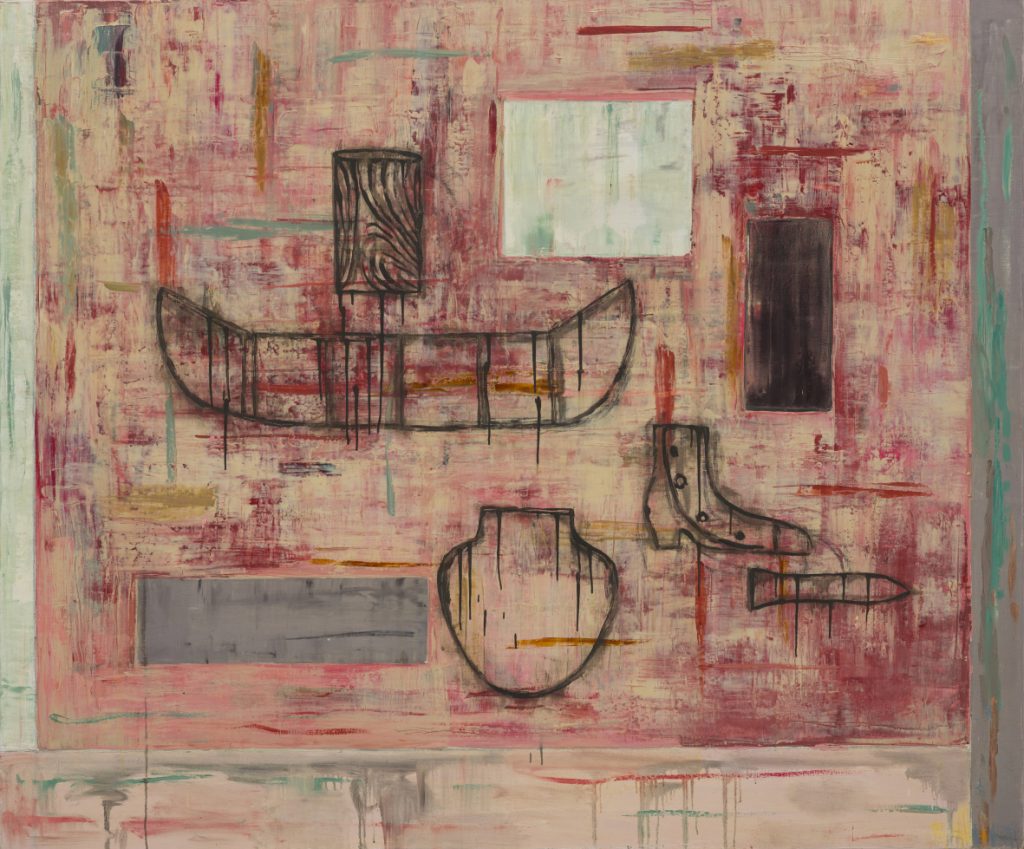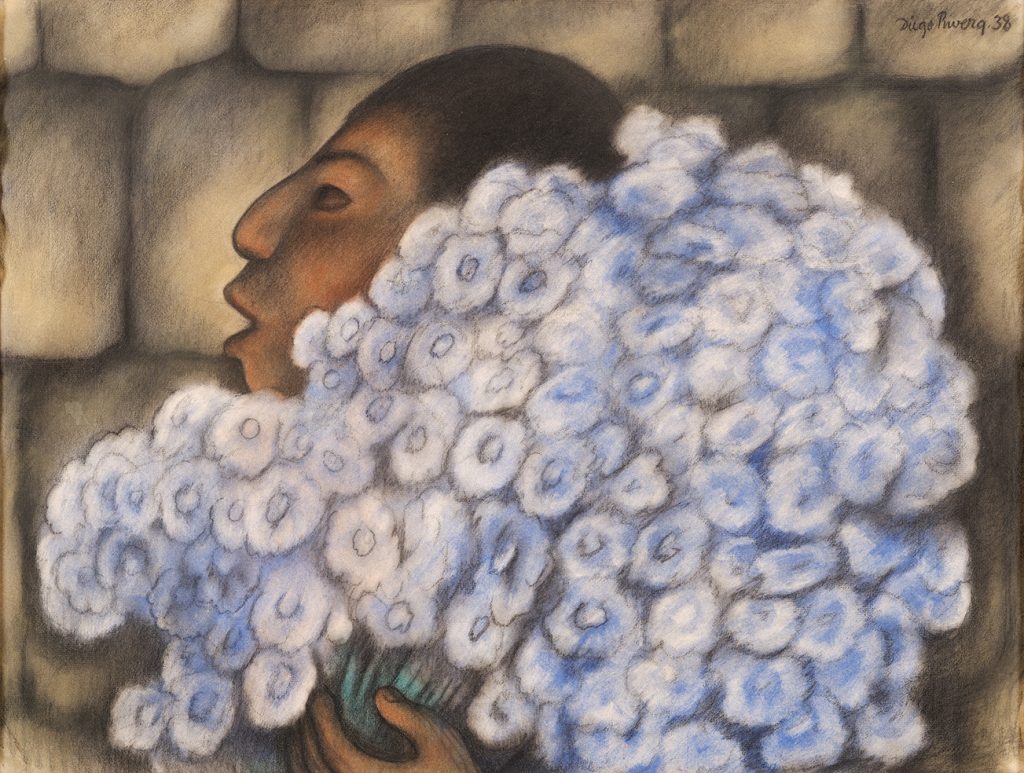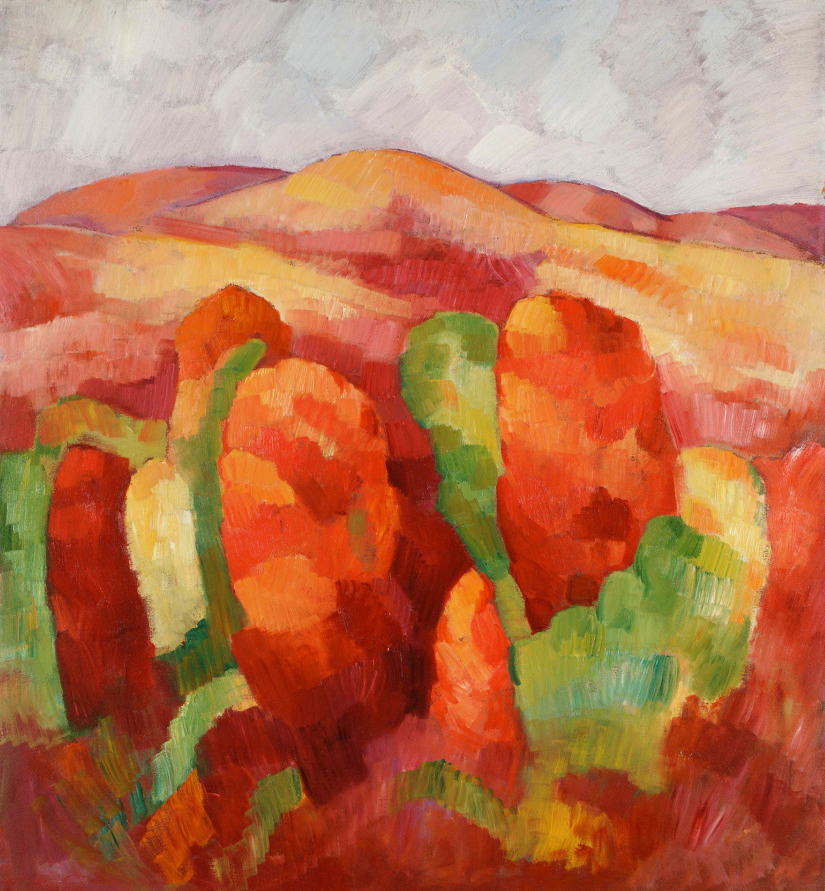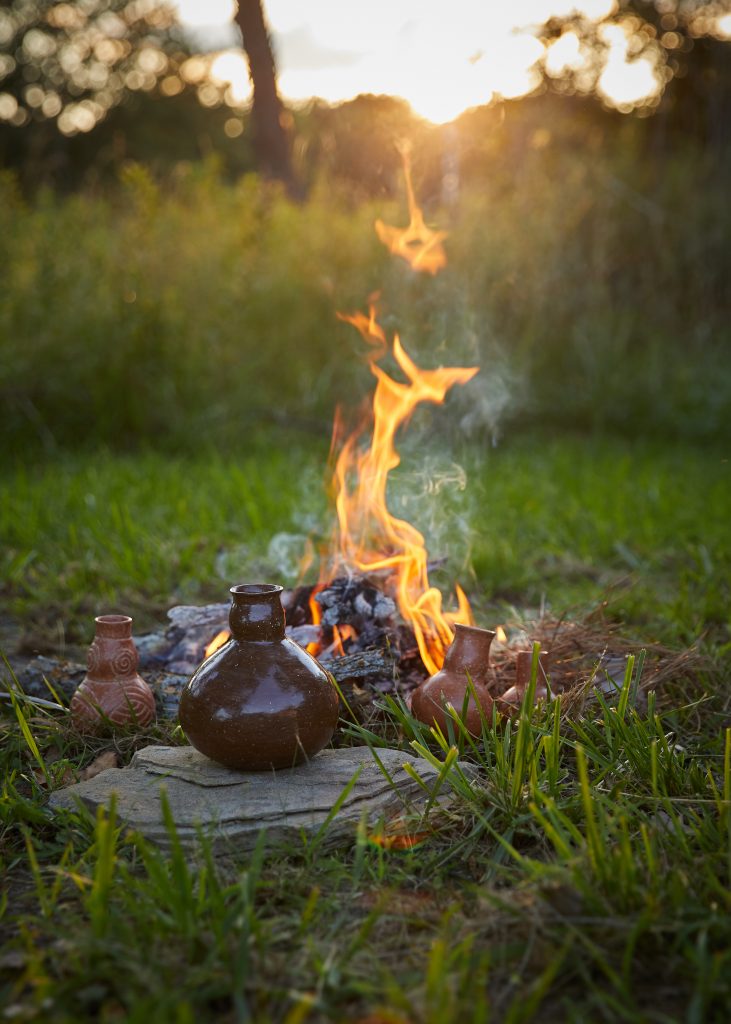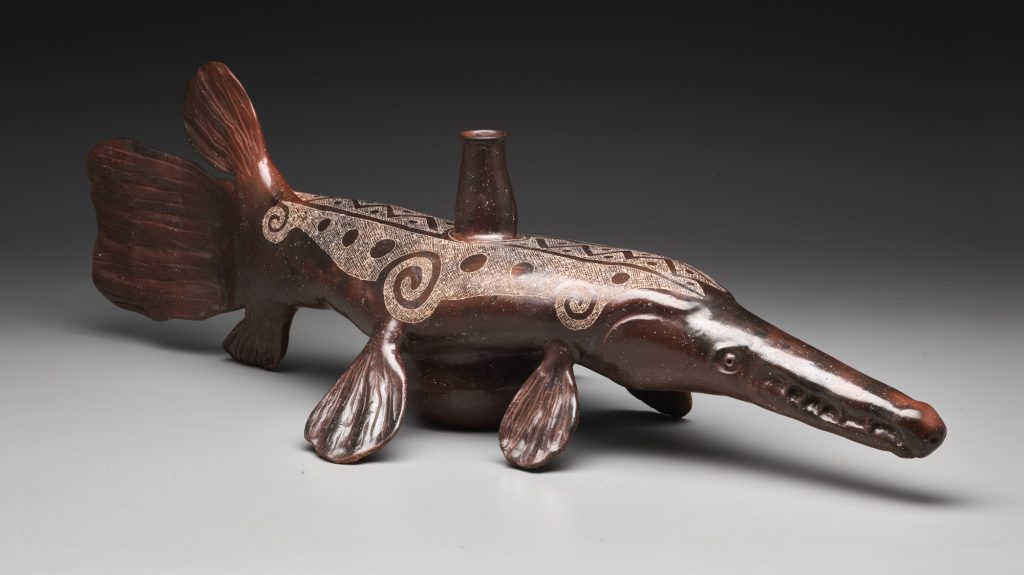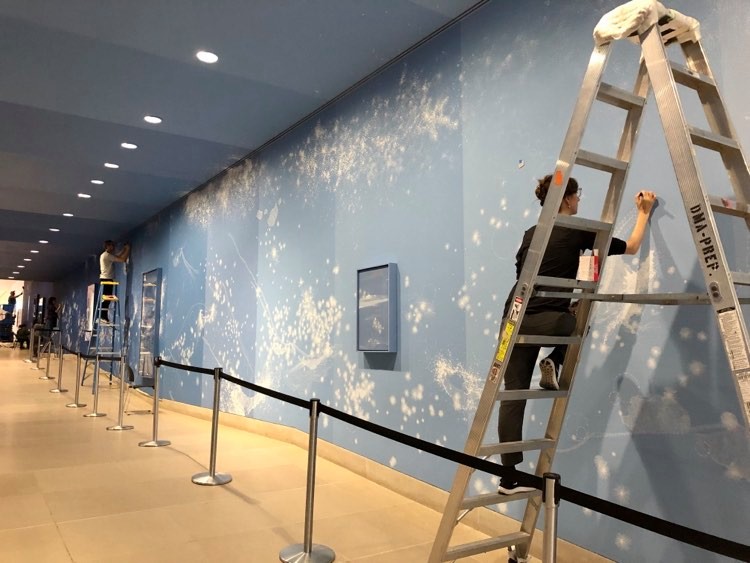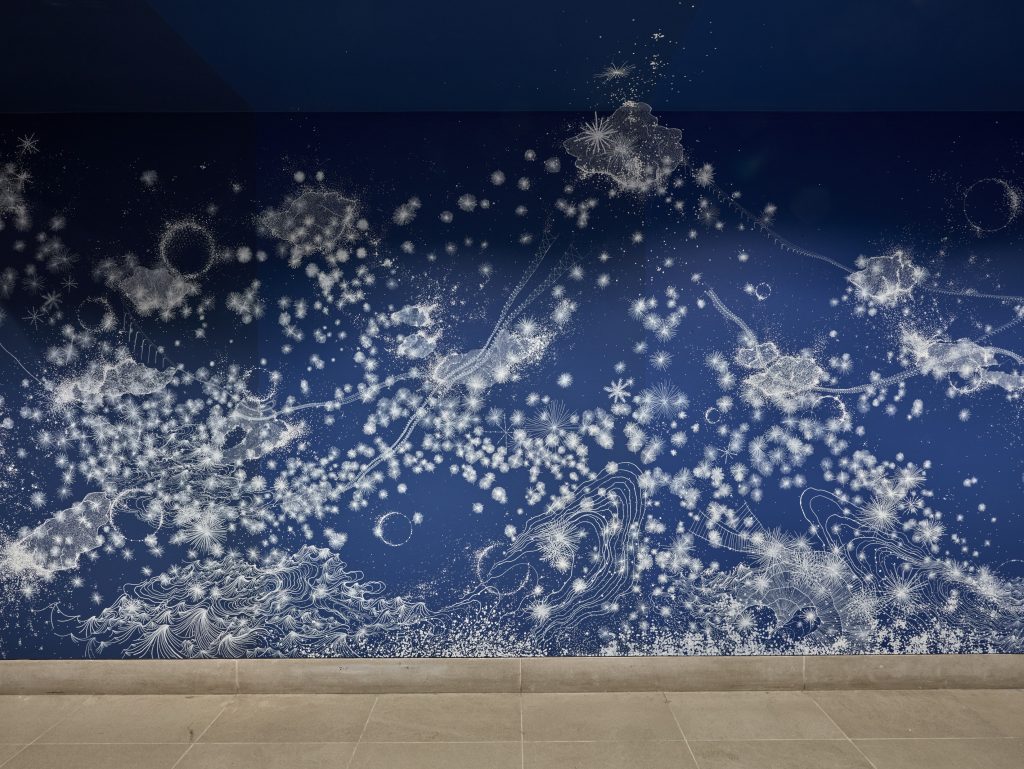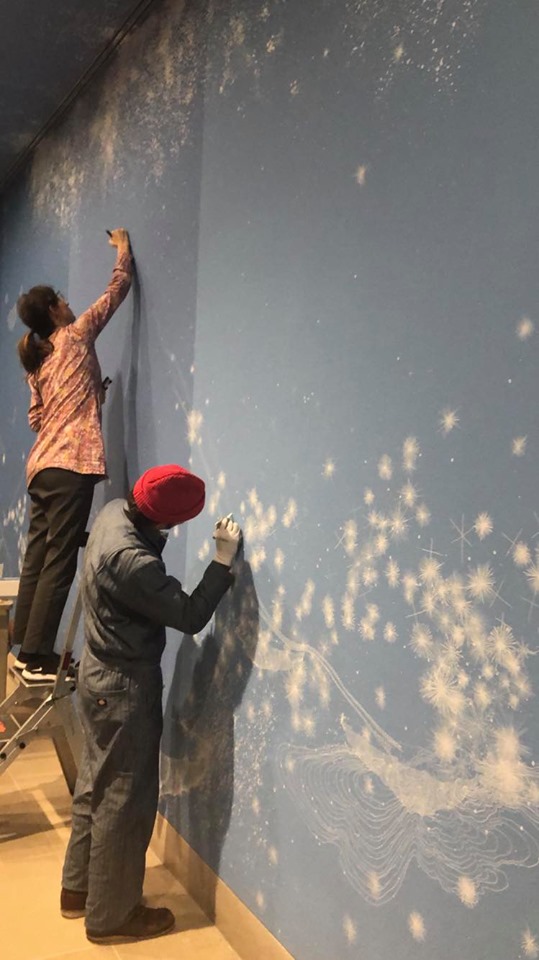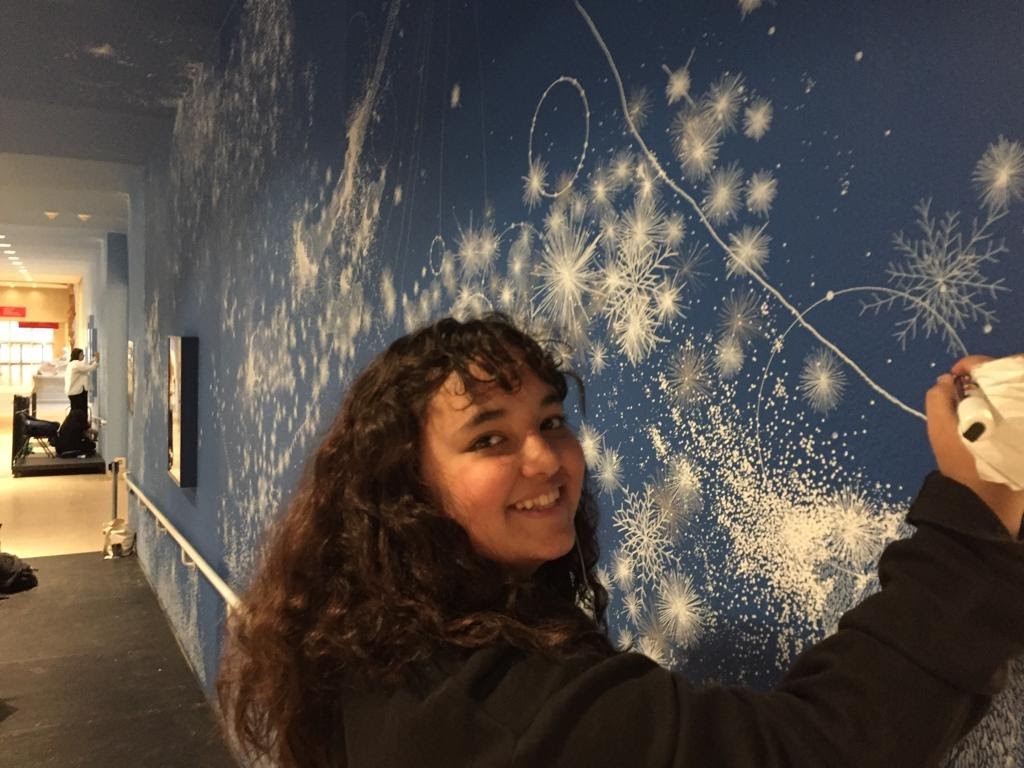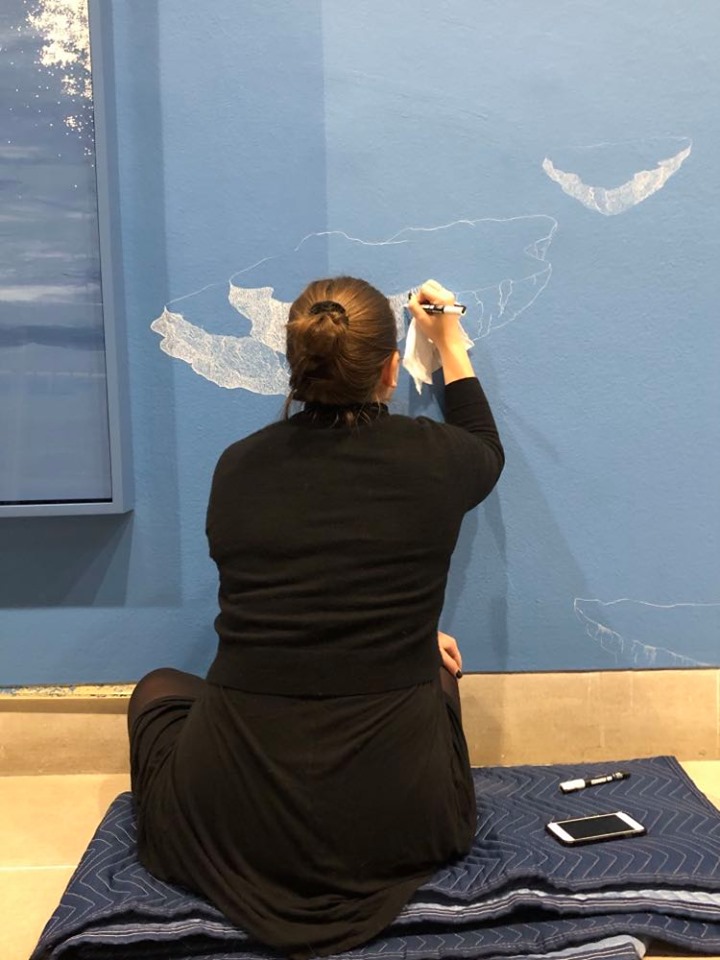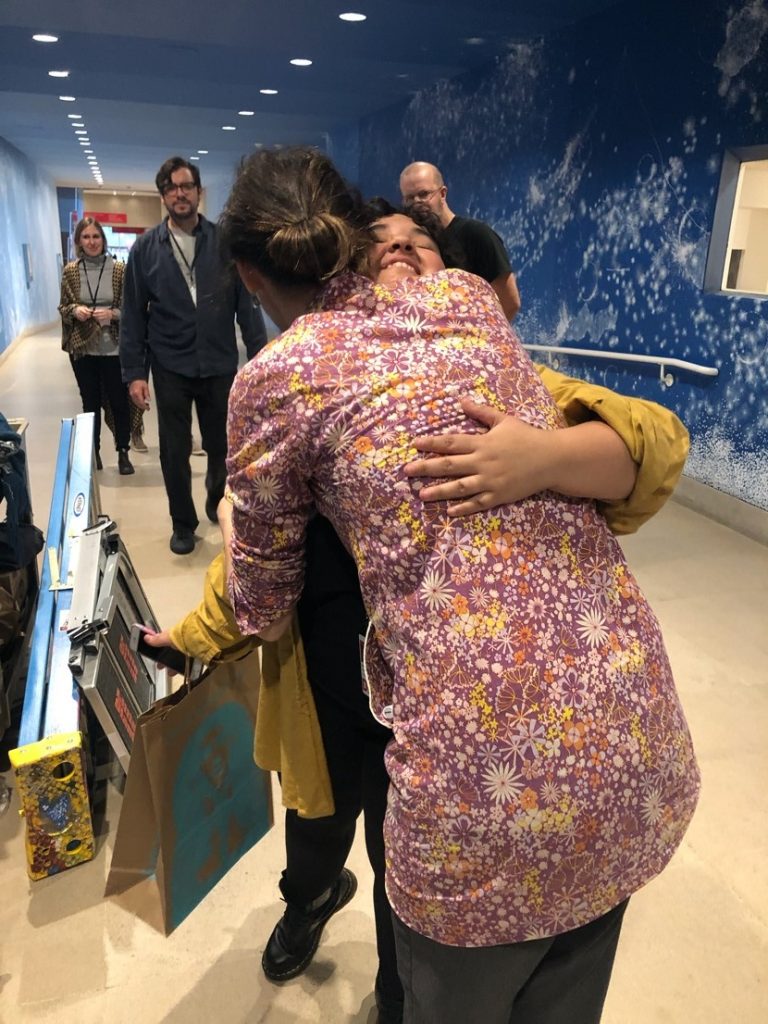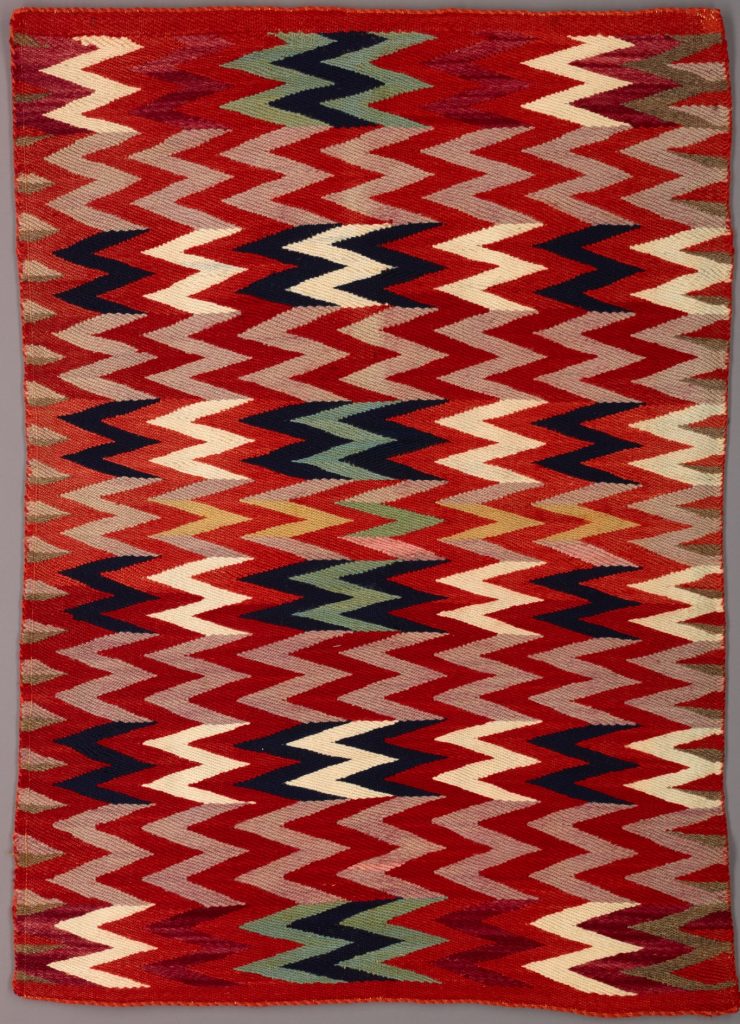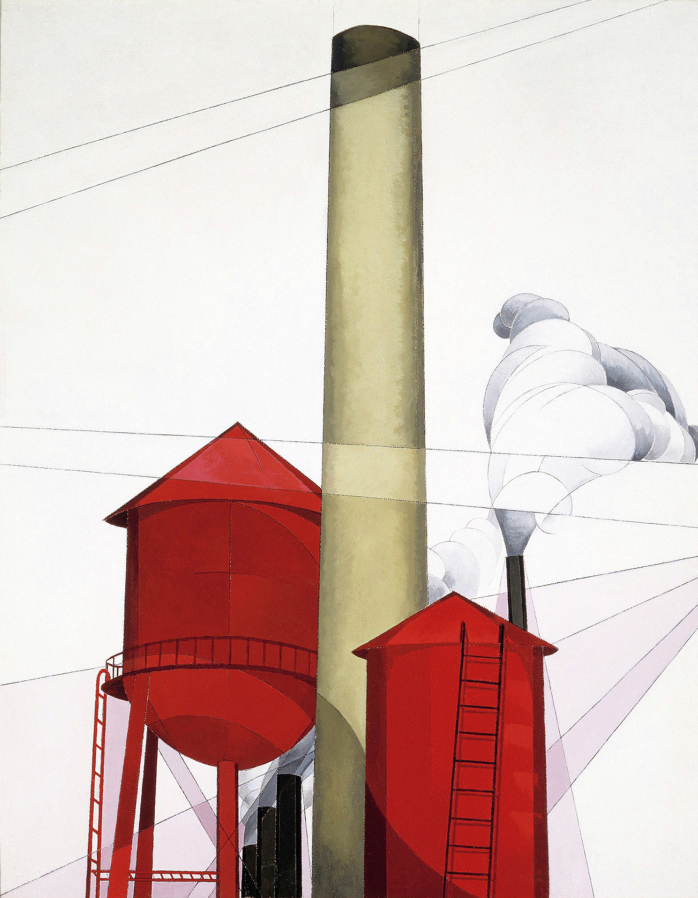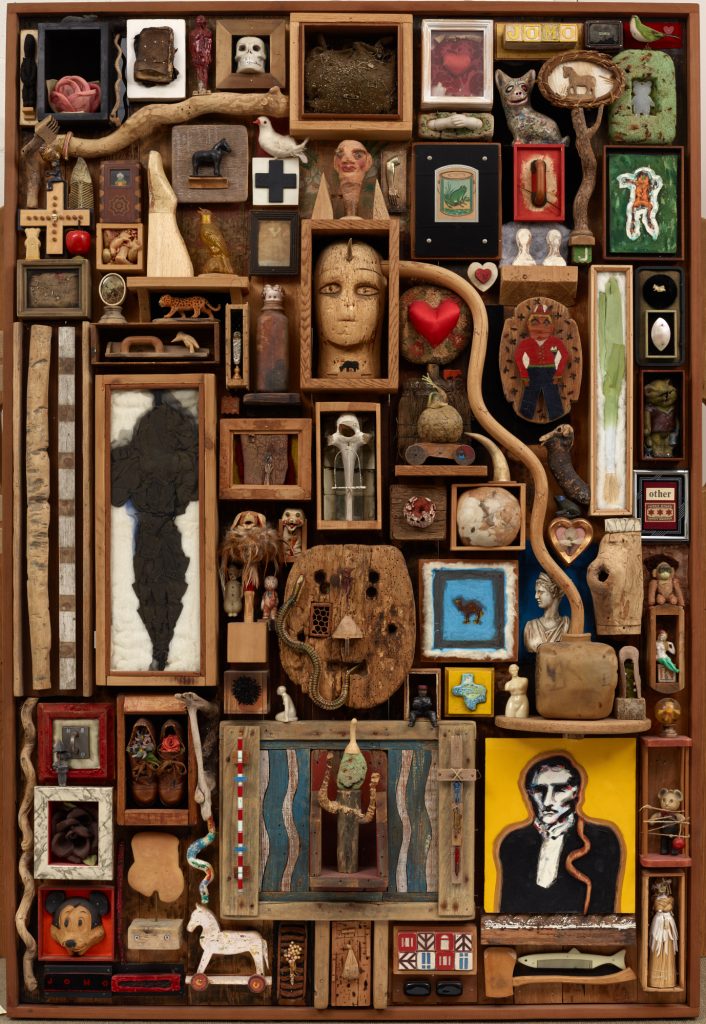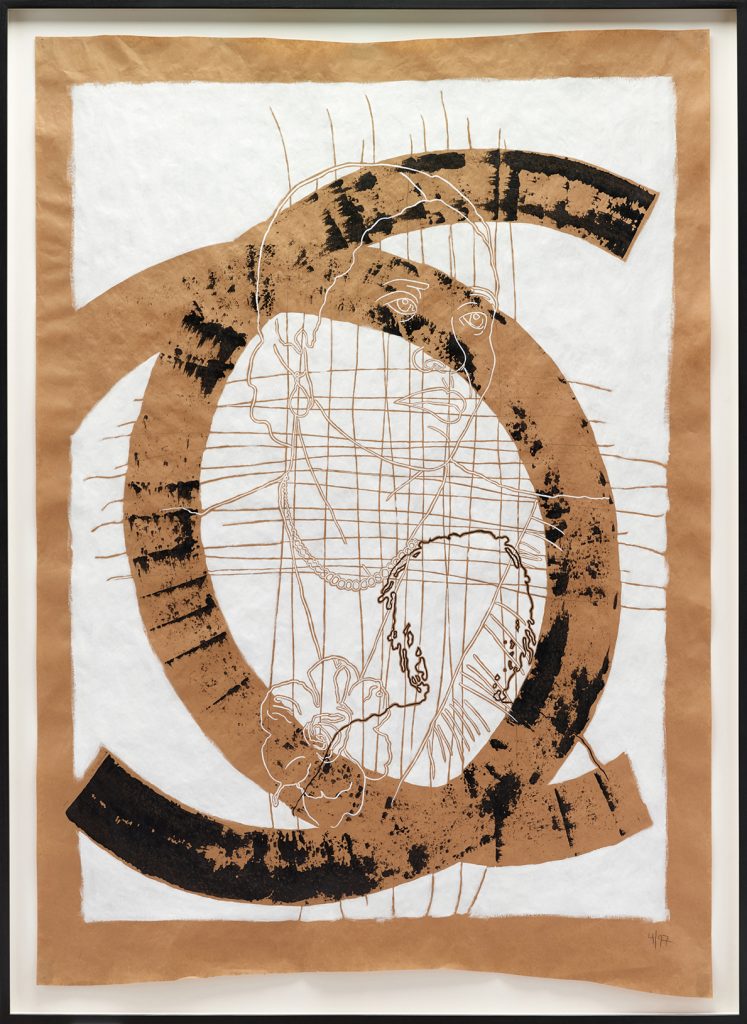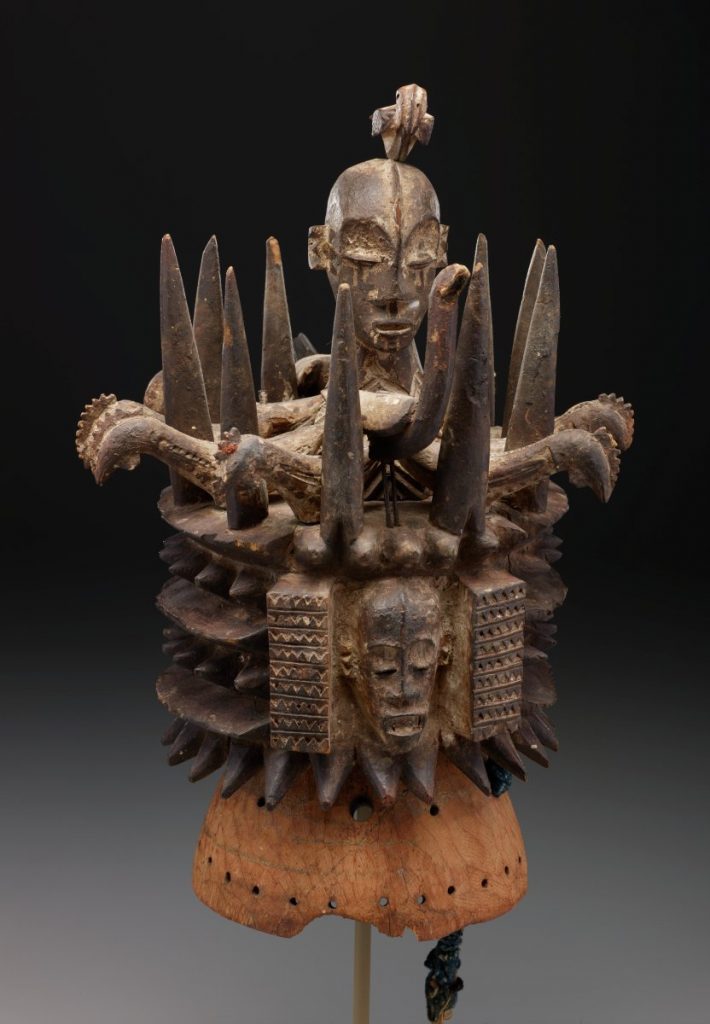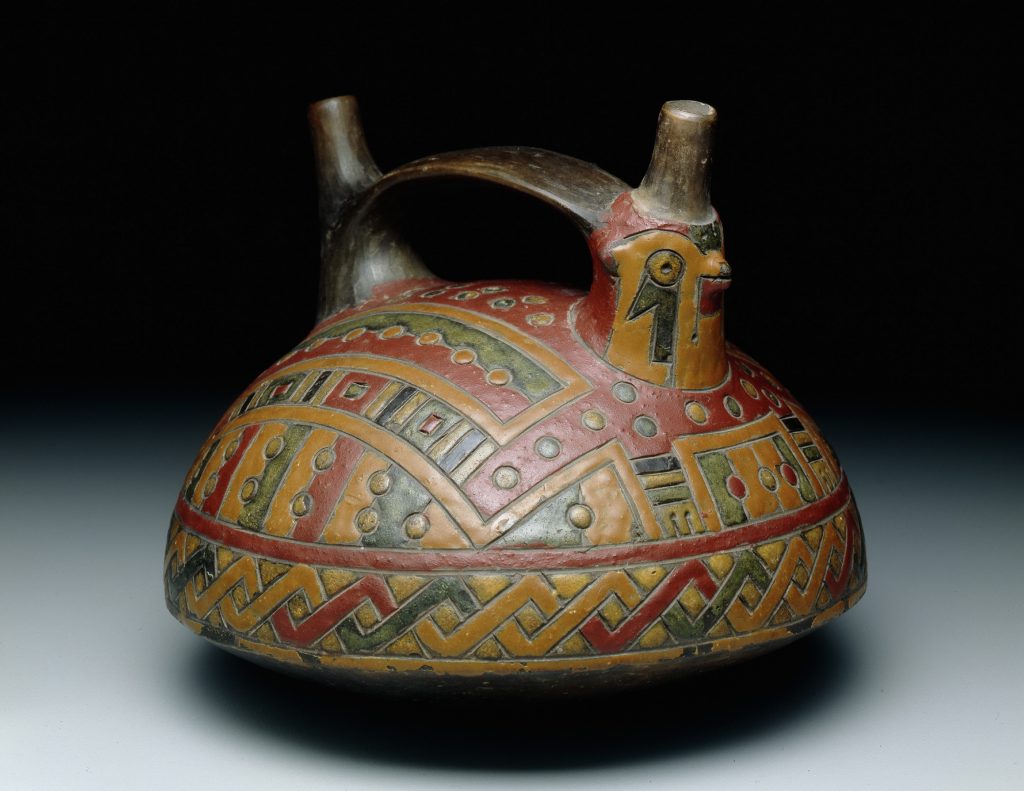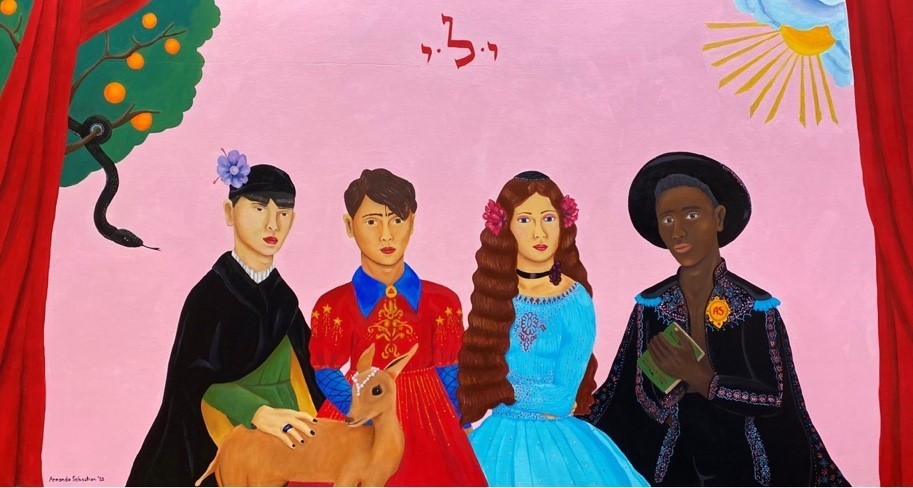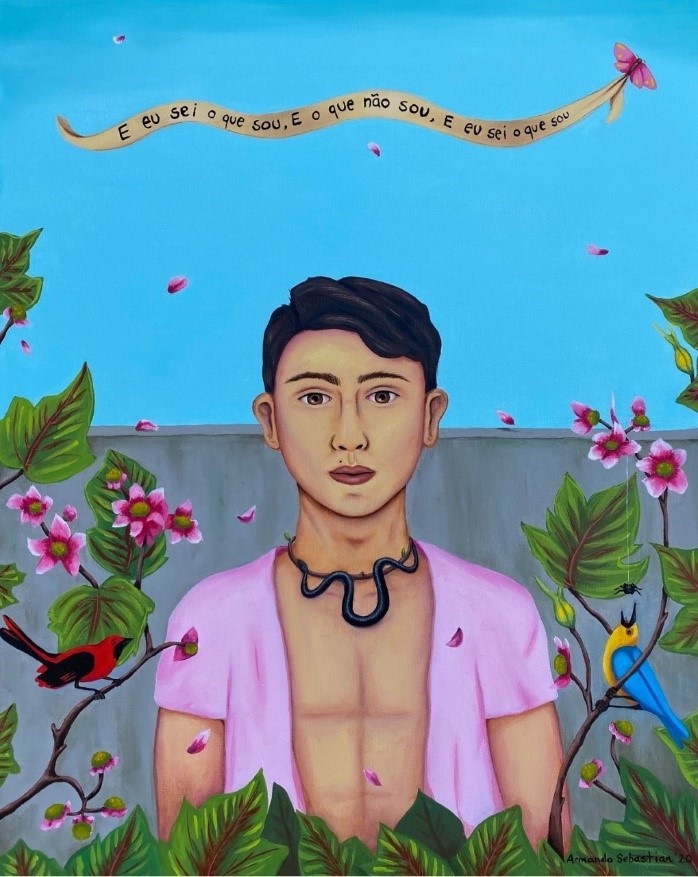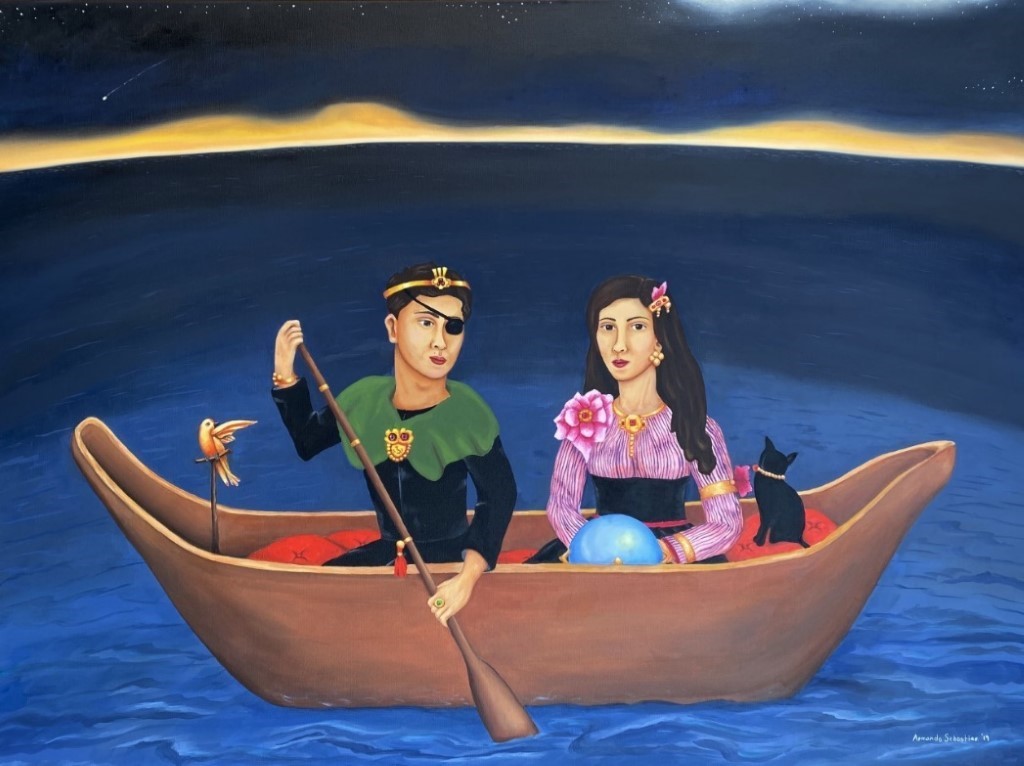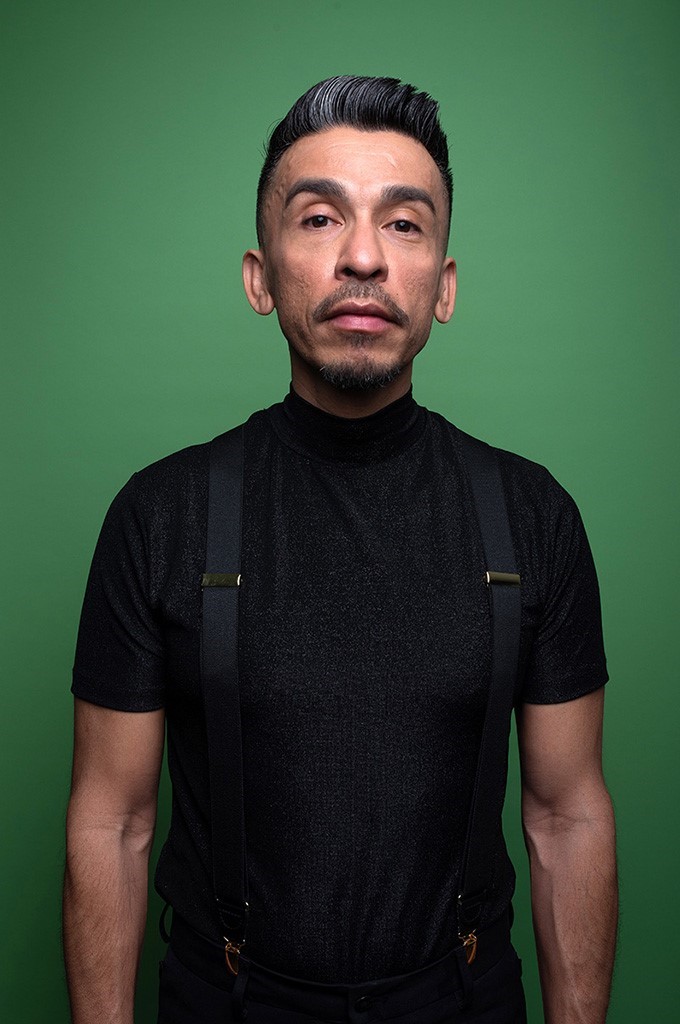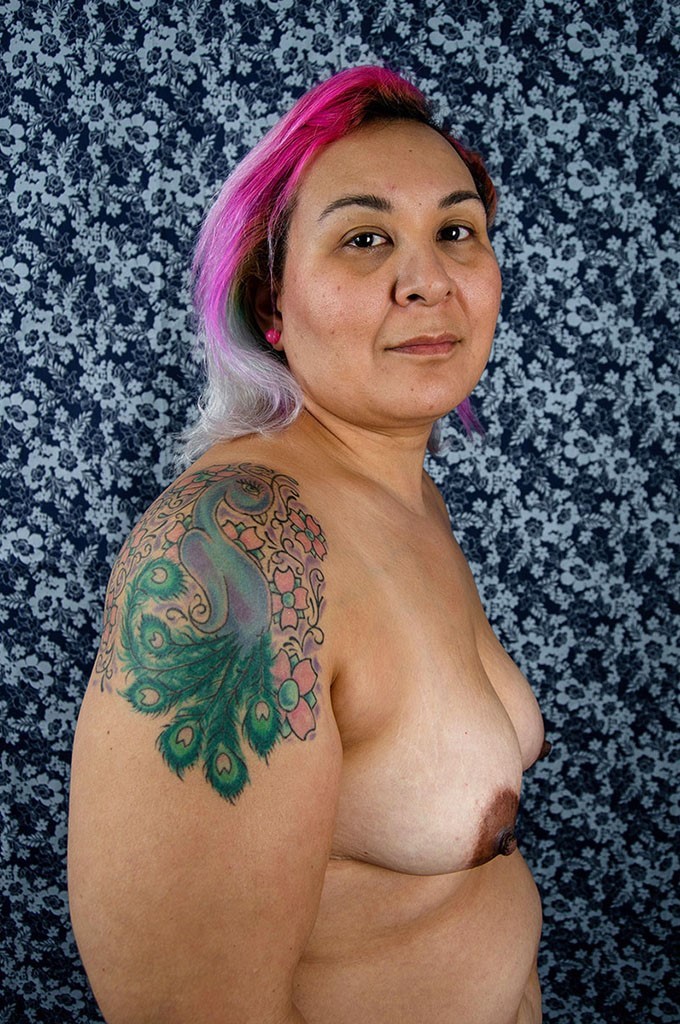Earlier this year, Dr. Vivian Li, the Lupe Murchison Curator of Contemporary Art, had the opportunity to interview artist Do Ho Suh, whose work is featured in the exhibition For a Dreamer of Houses. Read excerpts from the interview below about his inspiration and how the pandemic has changed his practice, and click here to read the full interview.
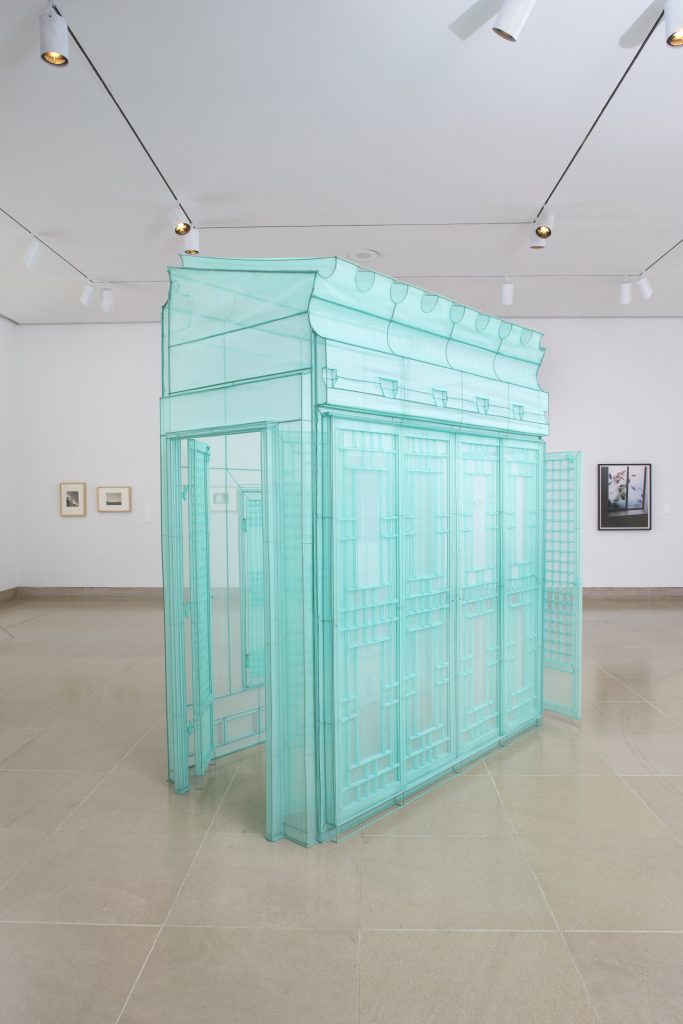
VL: Many of your fabric pieces are replicas of a specific place you once called home and are often described as such with the precise address as the title. Can you describe the place that inspired Hub, 260-10 Sungbook-dong, Sungbook-ku, Seoul, Korea (2016), and why you selected to make a fabric replica of this particular structure?
DHS: Hub, 260-10 Sungbook-dong, Sungbook-ku, Seoul, Korea is an area of my parents’ home in Seoul, where I grew up. It’s a traditional han ok (Korean house)—a 70s copy of the one King Sunjo (1790–1834) built in the early-nineteenth century because he wanted to experience the life of ordinary people. I’ve continued to stay there whenever I’m back in Seoul so it’s the site of decades of memories for me. I think of the fabric architecture works as, in a sense, an act of shedding skin, slipping out of my clothes and packing them quietly away to unfold elsewhere.
The Hub sculptures are transitional or in-between spaces—corridors, passages, entryways. This one is an area between the bathroom and the living room/bedroom. Traditional Korean architecture is much more porous than in the West—there is less rigidity to the separation of the rooms, and the outside world is much more integrated: sounds travel; doors or windows become walls; you feel the temperature of your external surroundings keenly; the spaces themselves are reconfigured throughout the day and night. That porous quality all feeds into this sculpture and it’s partly why the translucence of the fabric is key. I began using fabric partly because of its affinities with those qualities in Korean architecture and Hub, 260-10 Sungbook-dong is probably the closest one of my Hubs comes to the original structure, because three of the walls are doors and windows covered in rice paper. The transition feels very natural.
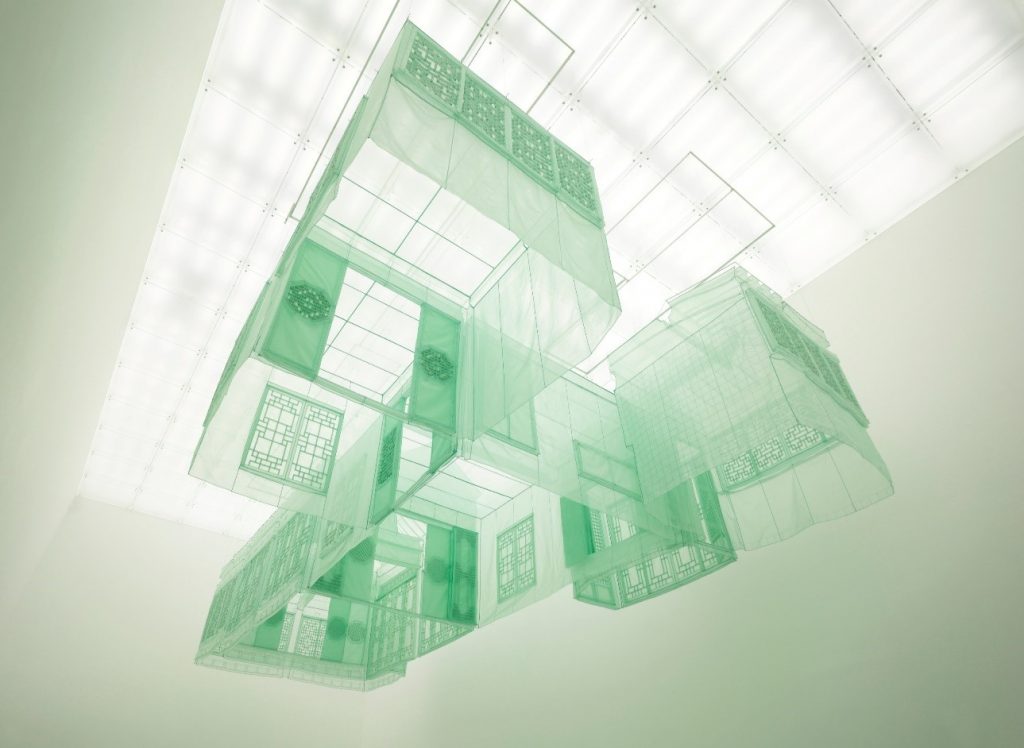
VL: How has the pandemic changed your studio practice, or is there anything you have become more focused on lately?
DHS: I keep thinking about what it means if you don’t have somewhere to call home. I first started to consider what home meant when I left Korea and I’ve never stopped, so for me it was something that came into focus when it was challenged. So many people must be struggling with that now. Also how borders—physical, political, social—impact our behaviors. I’m a transnational artist and I’ve benefited from notions of a borderless world, the fluid and constantly moving nature of the cultural sector. What happens to that now? They’re such complex areas though. I’m also thinking a lot about what’s happened in the wake of globalization, and to an extent neoliberalism—all the lost optimism, all the ambitions to build new walls and borders.
In terms of my studio practice, I’m inevitably doing less work on larger-scale physical projects and a lot of thinking around philosophical concerns. Even the fact that I’m spending a lot of time cleaning my apartment – I’m touching and seeing it in different ways and that’s really interesting to me. Looking anew at the objects you unthinkingly interact with on a daily basis. I’m also working a lot with my two young daughters on an ongoing project, but it’s really taken shape during the lockdown. We’ve been building a lot with Legos and whole fantastical worlds of modelling clay. I’m interested in what happens to our psychic space as we age, how the child’s mind works and what imaginative play communicates about how we frame our worlds, how we try and impose order on the chaos and how much better children are at navigating that chaos.
—
See this work in For a Dreamer of Houses, now open to the public at the Dallas Museum of Art through July 4, 2021. Plan your visit to the DMA and reserve your tickets here.
